When architect Julian Gutierrez Chacón was invited to participate in a design selection process for the Baha’i House of Worship in Norte del Cauca, Colombia, he was unfamiliar with the Baha’i Faith.
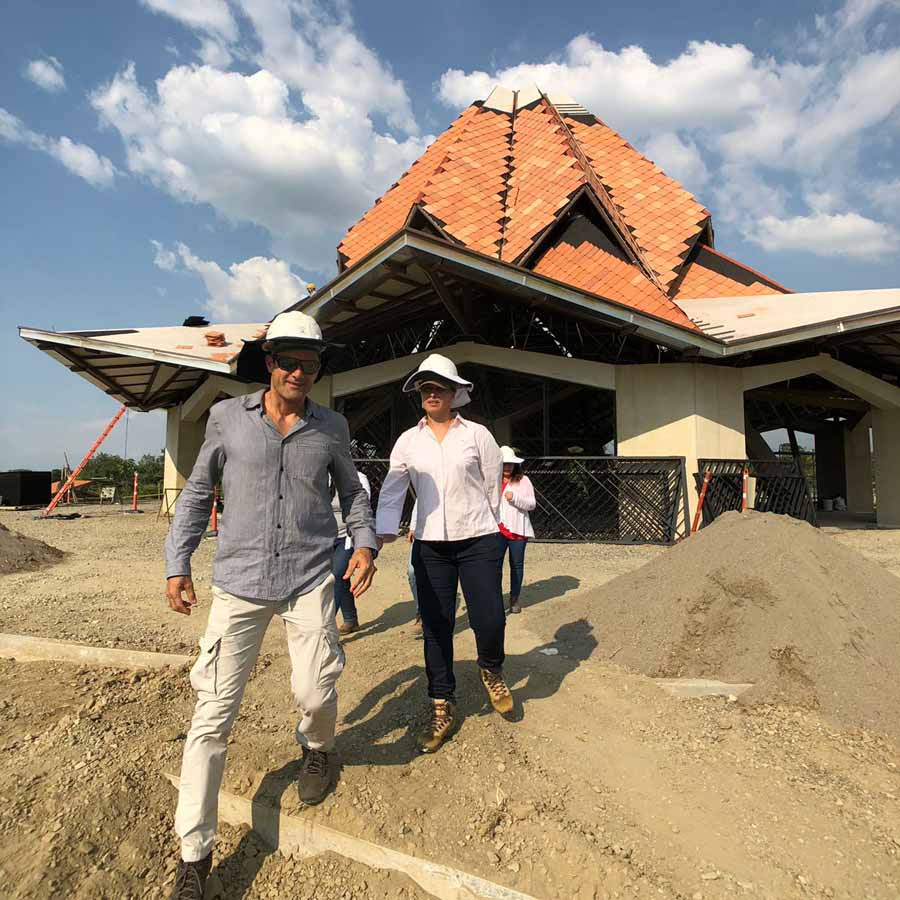
Temple architect Julian Gutierrez Chacón visits the site of the House of Worship in Norte del Cauca to assess the progress of the construction.
Now, his firm’s design for the second local Baha’i Temple in the world has become a tangible reality. The edifice will be inaugurated on Sunday.
Reflecting on the Temple’s design process, Mr. Gutierrez Chacón describes how the spirit of the people of Norte del Cauca and the Baha’i community there touched him deeply. “Undoubtedly, to know the Baha’is and share so much with them and especially the people of Norte del Cauca, has made us believe more in people, in their goodness and humility,” he states.
“This experience has restored our hope that a better world is possible. Professionally, we have learned a lot, but most importantly, it raised us up to a state of social and environmental consciousness that transcends the technical. We feel privileged to have been a part of this historic endeavor.”
Mr. Gutierrez Chacón and his team at CUNA Engineering and Sustainable Architecture focus on projects that seek harmony with the natural and social environment of the surrounding communities. They have brought their experience in these areas to bear on their approach to the House of Worship. Yet, for Mr. Gutierrez Chacón and his colleagues, this project has been unique because it has also ventured into the realm of what he describes as “spiritual architecture.”
Mr. Gutierrez Chacón explains that, amid feelings of disorientation and distress that many feel about the current state of the world, “the Temple is like a North Star, a compass. It can provide orientation for our lives.”
The Baha’i teachings on oneness—of God, of humanity, and of religion—are embodied in the basic shape of all Baha’i Temples:
Now is the time for the lovers of God to raise high the banners of unity, to intone, in the assemblages of the world, the verses of friendship and love and to demonstrate to all that the grace of God is one. Thus will the tabernacles of holiness be upraised on the summits of the earth, gathering all peoples into the protective shadow of the Word of Oneness. – Abdu’l-Baha, Selections from the Writings of Abdu’l-Baha, p. 20.
Feeling a strong connection to the principle of oneness, Mr. Gutierrez Chacón says, “to express this in a building is a very attractive and interesting challenge.”
The Universal House of Justice wrote in its 1 August 2014 message to the Baha’is of the World that architects of Baha’i Houses of Worship “are presented with the singular challenge of designing Temples ‘as perfect as is possible in the world of being’” and “that harmonize naturally with the local culture and the daily lives of those who will gather to pray and meditate therein.” The House of Justice has also written that Temples wed “two essential, inseparable aspects of Bahá’í life: worship and service.”
These two elements of community life have flourished in Norte del Cauca over decades of efforts to strengthen community bonds and build new patterns of relationships based on unity and justice.
It was in this context that the architectural team undertook its historic project. In striving to create a structure that is coherent with the local culture, values, and aesthetic, the team familiarized itself with the life of the surrounding communities, participating in their activities. The team also came to appreciate the deep connection the people of Norte del Cauca feel for the land and the environment.
Connecting the Temple to the historic landscape of the region inspired a reforestation project on the grounds surrounding the House of Worship. Referred to as the Bosque Nativo, the surrounding land is now home to a budding native forest, in contrast to neighboring sugar cane plantations that have replaced the rich diversity of the area’s indigenous flora.
“The Bosque Nativo is recovering what was lost by the community,” states Mr. Gutierrez Chacón. Biologists have been helping to find the original species of plants of this area.
“As we began to study more about the native plants, we realized the significance of the cocoa tree. Before the sugar cane industry came in, cocoa was a source of many things for the community—economy, hospitality in the home, a source of nutrition, and energy as a drink.”
The architectural team also noted that the buildings of Norte del Cauca were traditionally made of earth, using mud-ball adobe, rammed earth, or clay bricks. Large overhanging roofs are typical and are often made of baked earth tiles.

The Temple’s outside features are shown in this drawing from the architectural team, including the terracotta-tiled roof and its crowning piece.
“The cocoa and the earth,” he says as he shows some photographs of the cocoa plant and the local architecture that inspired the team. “These were some of the things we were researching and using as an approach to consider a concept.”

Julian Gutierrez Chacón and his team at CUNA Engineering and Sustainable Architecture designed the Baha’i House of Worship in Norte del Cauca, Colombia.
The cocoa seed is fragmented into strips, but the strips are held together as one. “We used the earth in the roof and walls of the Temple to create this fragmented, familiar form for the nine sides,” Mr. Gutierrez Chacón says.
He further elaborates on the cocoa plant motif: “We wanted the Temple to have a crown—where we could place the Greatest Name—and this also feels similar to the flower of the cocoa seed, from which life is propagated.” This crown, a yellow structure that sits atop the terracotta-tiled roof, is made out of a fluorescent material that absorbs sunlight in the day and lights up naturally with the sunset.
The cooperation among the many people involved in the Temple project has been a highlight for Mr. Gutierrez Chacón. The professionals involved, he says, “saw this experience as more than just another job. Everyone was inspired from the beginning by the Baha’i philosophy and was conscious of what a positive impact this project will have for humanity.”
The House of Worship, Mr. Gutierrez Chacón reflects, is “a beginning point from which things radiate out to the life of the people.”


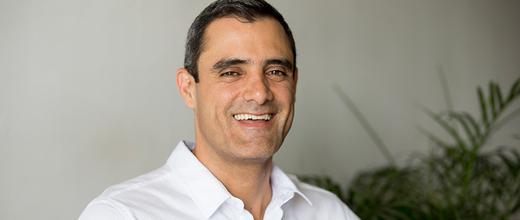

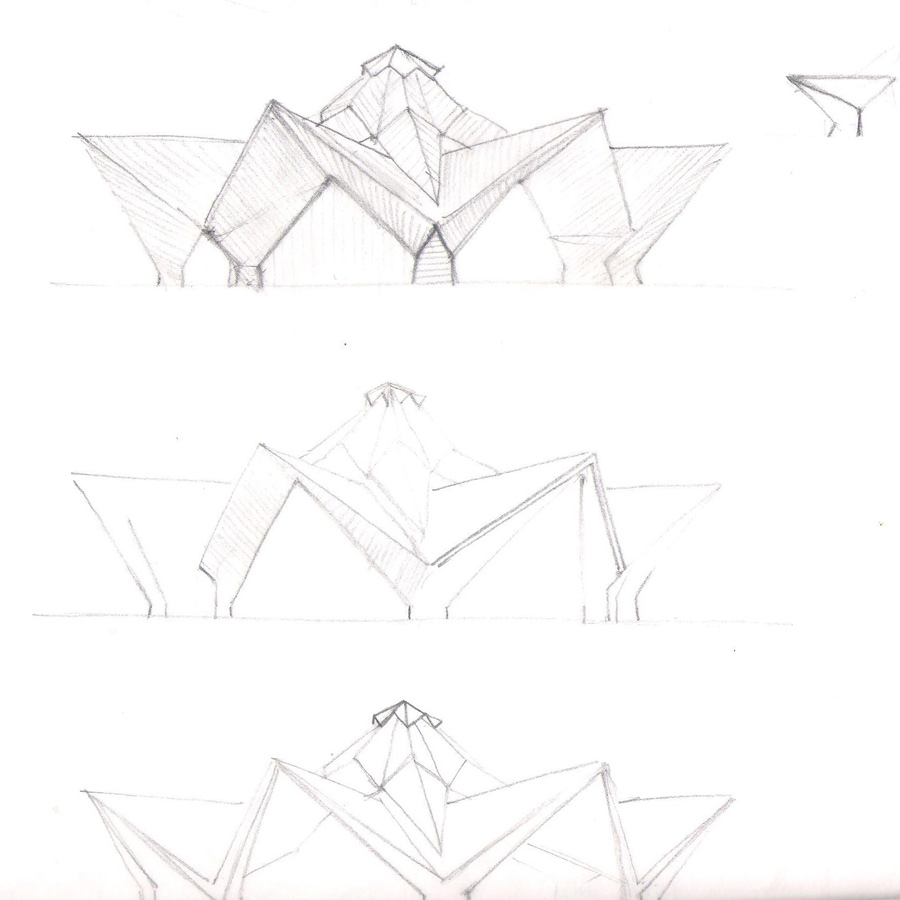

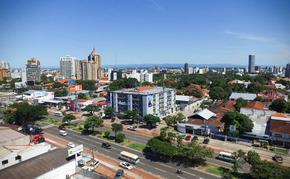
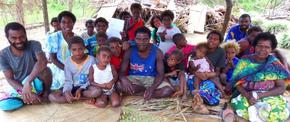
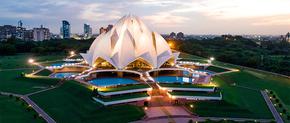









Comments
Sign in or create an account
Continue with Facebookor